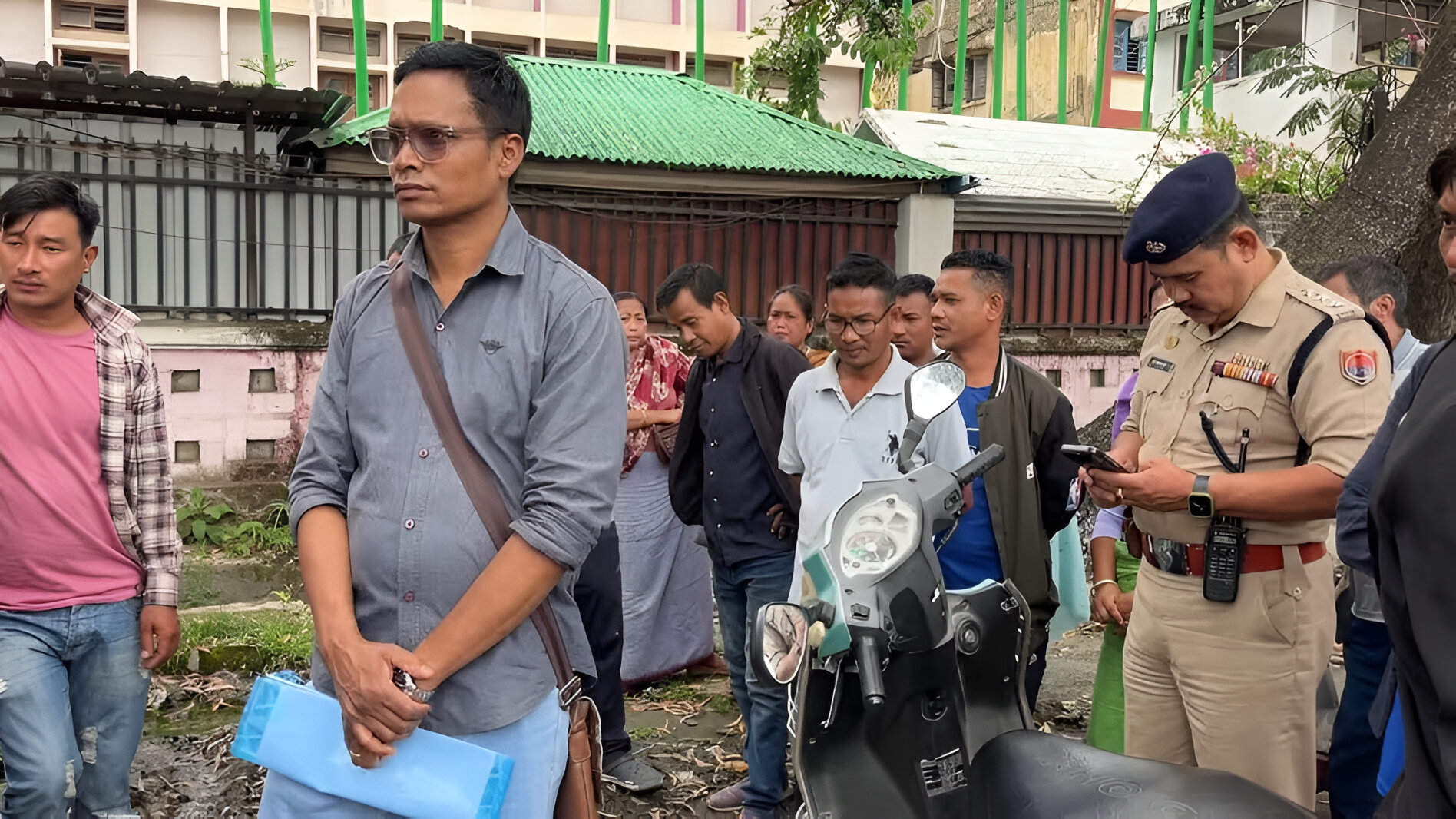Churachandpur IDP Delegation Seeks Land and Livelihood for 2,000 Displaced Families in Manipur
📰 News Summary
On April 21, 2025, a delegation representing internally displaced persons (IDPs) from Churachandpur district submitted a memorandum to Manipur Governor Ajay Kumar Bhalla and Chief Secretary Prasant Kumar Singh. The Churachandpur Meitei United Committee (CMUC), comprising five civil society groups, outlined urgent welfare and rehabilitation measures needed for approximately 2,000 displaced families. Key demands included the allocation of government employment opportunities under a dedicated livelihood program and the construction of temporary shelters at Phougakchao Ikhai in Bishnupur District. The delegation emphasized the critical need for these measures to ensure the survival, dignity, and future rehabilitation of the IDPs.
🔍 In-Depth Analysis: Addressing the Plight of Displaced Families in Manipur
Understanding the Crisis
The ethnic violence that erupted in Manipur in May 2023 led to widespread displacement, particularly affecting the Meitei community in Churachandpur district. As the conflict approaches its two-year mark, many families remain in relief camps, facing deteriorating living conditions and uncertainty about their future.
The Delegation’s Demands
The CMUC’s memorandum highlighted four key demands:
- Livelihood Opportunities: Allocation of appropriate government employment opportunities under a dedicated livelihood program, tailored to the skills of the displaced individuals.
- Temporary Shelters: Construction of temporary shelters at Phougakchao Ikhai in Bishnupur District to provide dignified accommodation until safe return to Churachandpur becomes possible.
- Land Allocation: Provision of approximately 0.04 acres of land per family, totaling around 80 acres, to establish temporary settlements.
- Coordination Between Governments: Urgent coordination between the central and state governments to implement socio-economic stability measures for the displaced families.
The Human Impact
The prolonged displacement has taken a toll on the mental and physical well-being of the affected families. Living in overcrowded relief camps with limited access to basic amenities has exacerbated their suffering. Children’s education has been disrupted, and many adults have lost their livelihoods, leading to increased dependency on aid.
Government Response
The delegation reported that Chief Secretary Prasant Kumar Singh responded attentively to their concerns. The CMUC plans to submit the same memorandum to the Deputy Commissioner of Bishnupur district and the MLA of Kumbi Assembly Constituency, seeking broader support for their demands.
The Path Forward
Addressing the needs of the displaced families requires a multi-faceted approach:
- Immediate Relief: Provision of adequate food, healthcare, and sanitation facilities in relief camps.
- Education and Livelihood: Initiatives to resume children’s education and provide vocational training for adults.
- Permanent Rehabilitation: Development of long-term housing solutions and integration of displaced individuals into the local economy.
- Community Engagement: Involvement of local communities in rehabilitation efforts to foster social cohesion and prevent future conflicts.
❓ Frequently Asked Questions (FAQs)
Q1: What led to the displacement of families in Churachandpur?
A1: Ethnic violence in May 2023 resulted in widespread displacement, particularly affecting the Meitei community in Churachandpur district.
Q2: What are the primary demands of the displaced families?
A2: The families seek government employment opportunities, temporary shelters, land allocation for settlements, and coordinated efforts between central and state governments for rehabilitation.
Q3: How many families are currently displaced in Churachandpur?
A3: Approximately 2,000 families remain displaced, living in relief camps with limited access to basic amenities.India Today NE
Q4: What steps has the government taken in response to the delegation’s memorandum?
A4: Chief Secretary Prasant Kumar Singh responded attentively to the delegation’s concerns. Further actions are anticipated as the memorandum is submitted to additional authorities.
Q5: What are the long-term solutions proposed for the displaced families?
A5: Long-term solutions include permanent housing, integration into the local economy, resumption of education for children, and community engagement to foster social cohesion.





